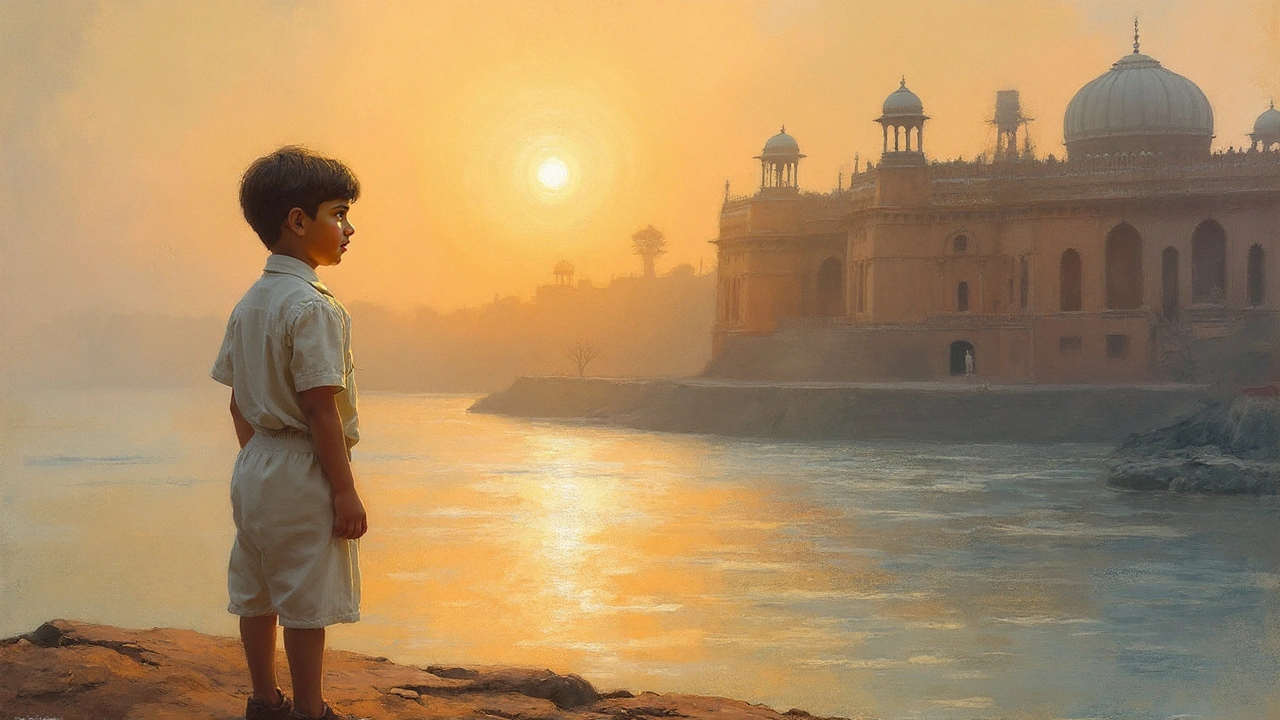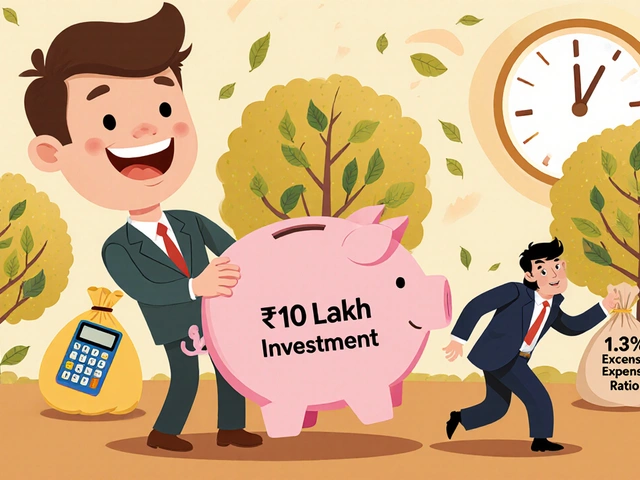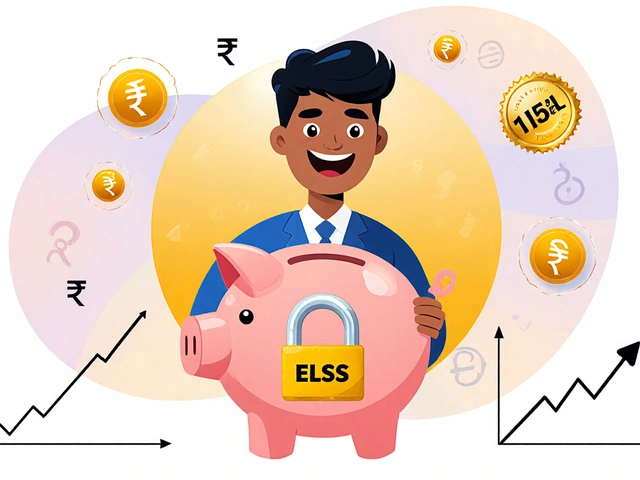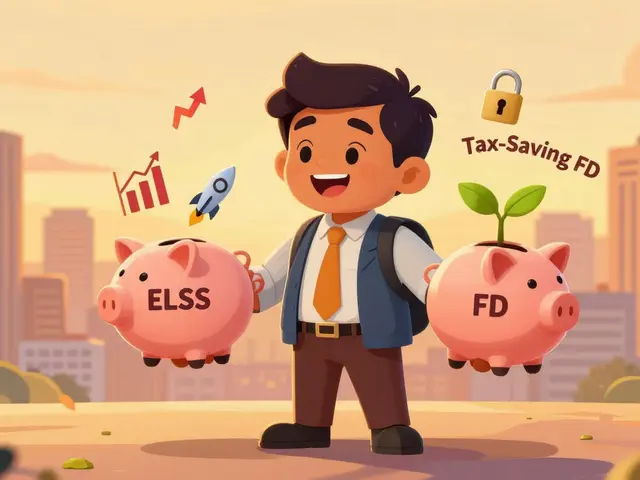Indian Prime Ministers: Who They Are and What They Did
India’s prime ministers are the faces that shape the country’s direction. From Jawaharlal Nehru’s vision of a modern nation to Narendra Modi’s digital push, each leader leaves a mark. If you’re wondering who’s been in charge, what they accomplished, or why some decisions sparked debate, you’re in the right place. This guide breaks down the main PMs, highlights their biggest moves, and shows how they still influence everyday life.
From Independence to the 21st Century
When India became independent in 1947, Nehru stepped up as the first prime minister. He set up a mixed economy, launched heavy industry, and pushed for non‑alignment in global politics. After him came Lal Bahadur Shastri, who is remembered for the slogan “Jai Jai India” and his short but decisive war with Pakistan in 1965. Indira Gandhi, the first female PM, made headlines with the Green Revolution, the Emergency, and her strong personality that still sparks conversation.
Fast forward to the 1990s, P. V. Narasimha Rao opened the doors to economic liberalisation, letting foreign investment flow in and reshaping the market. Atal Bihari Vajpayee, a moderate voice, pushed the nuclear tests in 1998 and worked on infrastructure projects like the Golden Quadrilateral. Manmohan Singh, an economist, steered India through the global financial crisis and expanded social schemes such as MGNREGA.
Key Contributions & Controversies
Each prime minister brought a mix of achievements and criticism. Nehru’s focus on secularism helped unite a diverse nation, yet his socialist policies slowed private growth for years. Indira’s Emergency (1975‑77) is still a cautionary tale about power abuse, even though her push for food security saved millions. Rao’s reforms sparked a boom in tech jobs, but also widened the gap between rich and poor.
Vajpayee’s tenure saw both the nuclear tests that boosted national pride and the Kargil conflict that tested the military. Singh’s long‑running government delivered major health and education initiatives, yet corruption scandals like the 2G case tarnished his legacy. Narendra Modi, the current PM, champions Digital India, Swachh Bharat, and a strong focus on infrastructure, while his policies on citizenship and agriculture have sparked nationwide protests.
Understanding these leaders helps you see why certain laws exist, why infrastructure looks the way it does, and why political debates heat up during elections. The prime minister’s role isn’t just about speeches; it’s about making decisions that affect jobs, education, health, and even the daily commute.
So, next time you hear a name like “Nehru” or “Modi,” you’ll know the bigger story behind it. Whether you’re a student, a voter, or just curious, knowing the prime ministers gives you a clearer picture of how India moves forward. Keep this guide handy, and you’ll always have a quick reference to the leaders who’ve shaped, and continue to shape, the nation.

Discover why Jawaharlal Nehru, India’s first prime minister, was born in Allahabad - now called Prayagraj. Explore his early years, political rise, legacy, and other famous personalities from the city.
Continue Reading



